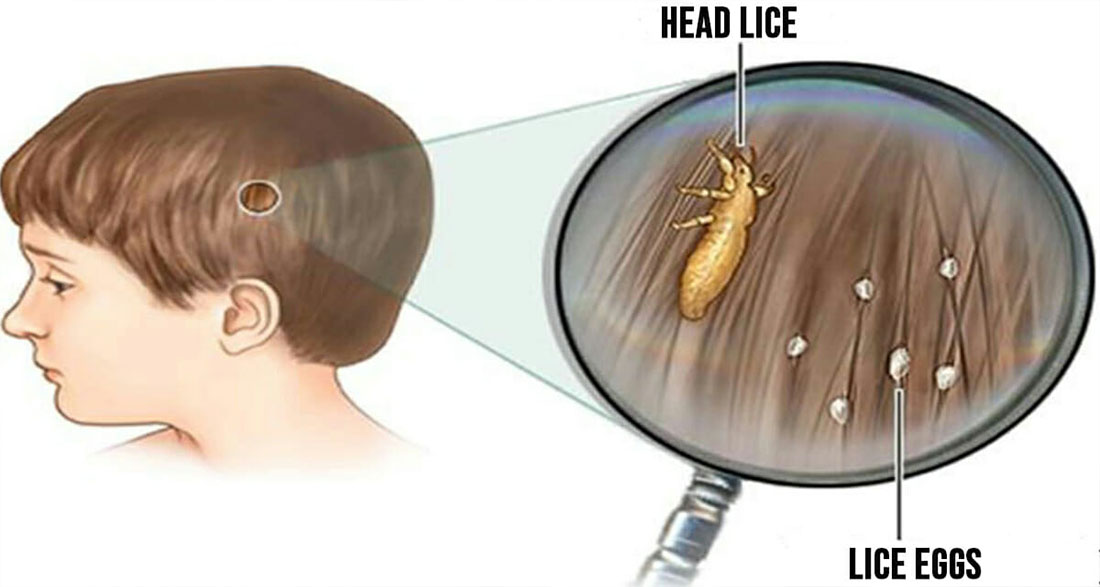The Ultimate Guide to Getting Rid of Lice: Keep Those Pests Away!
Lice can be a real headache for families, especially when kids bring them home from school. But don’t worry! We’re here to help you understand lice, how they spread, how to detect them, and the best ways to get rid of them—without using harsh chemicals. So, let’s dive in!
How Do Lice Spread?
Lice are tiny bugs that love to make themselves at home on human heads, and they’re especially fond of children. According to the Care Guidebook, kids are most at risk during the summer months. When school starts again, lice have the perfect opportunity to spread quickly among classmates.
It’s important to remember that lice can’t jump or fly. Instead, they crawl from one head to another, usually when kids are playing close together. Many people think that lice can spread through sharing brushes, hats, or helmets, but the Care Guide states that this is a low-risk way for lice to spread. Lice that fall off the hair are usually weak and unlikely to survive for long.
How to Detect Lice
Lice can cause itching and discomfort, but they aren’t dangerous. However, if you don’t catch them early, they can become a big problem! Symptoms, like an itchy scalp, often show up about 4 to 6 weeks after you’ve been infected.
To check for lice, look closely at the scalp. Lice are tiny, about 1 to 3 millimeters long, and can be gray, brown, black, or even red. The best way to confirm their presence is to use a lice comb. Carefully comb through the hair from back to front, and you should see the lice drop into the sink.
Detecting Lice Eggs

Finding lice eggs, or nits, can actually be easier than spotting the lice themselves. These eggs are usually found close to the scalp. If they’re dark, it means there might still be lice inside them, but if they’re light, it means the lice have hatched. The eggs are about 1 millimeter long.
The Care Guide advises that you shouldn’t start treatment if you only find empty eggs. Only start treatment if you find live lice. The eggs will eventually disappear as your hair grows out, or you can comb them out.
How to Treat Lice
So, how do you get rid of lice? While lice shampoo can help, it doesn’t always guarantee that all the lice will be gone. You might need to treat the whole family and go through the process twice, which can be both expensive and time-consuming. But don’t worry! There’s a simple, chemical-free method that works just as well.
Here’s a treatment method from the Healthy Life Center that is effective and safe for children:
What You’ll Need:
- A lice comb
- Mouthwash (like mint-flavored)
- White vinegar
- A shower cap or plastic bag
- A towel
What to Do:
- Mouthwash Treatment: Start by wetting the hair with mouthwash. Lice dislike the strong smell, so this helps repel them. Cover the hair with a shower cap or plastic bag and let it sit for one hour.
- Vinegar Rinse: After an hour, rinse out the mouthwash and soak the hair in white vinegar. The vinegar helps dissolve the eggs. Let it sit for another hour.
- Shampoo and Comb: After the vinegar treatment, wash the hair with regular shampoo. Then, use the lice comb to carefully comb through the hair, removing any remaining lice and eggs.
- Prevent Future Infestations: To help prevent lice from coming back, you can lightly spray your child’s hair with mouthwash before they go to school. This can deter lice from wanting to settle on their heads.
Final Thoughts
Lice may be a nuisance, but with the right knowledge and treatment, you can keep them away! Remember, it’s important to check for lice regularly, especially after sleepovers or close playdates. Do you have any tips or experiences with lice? Share your thoughts in the comments below! Let’s keep those pesky bugs away for good!














